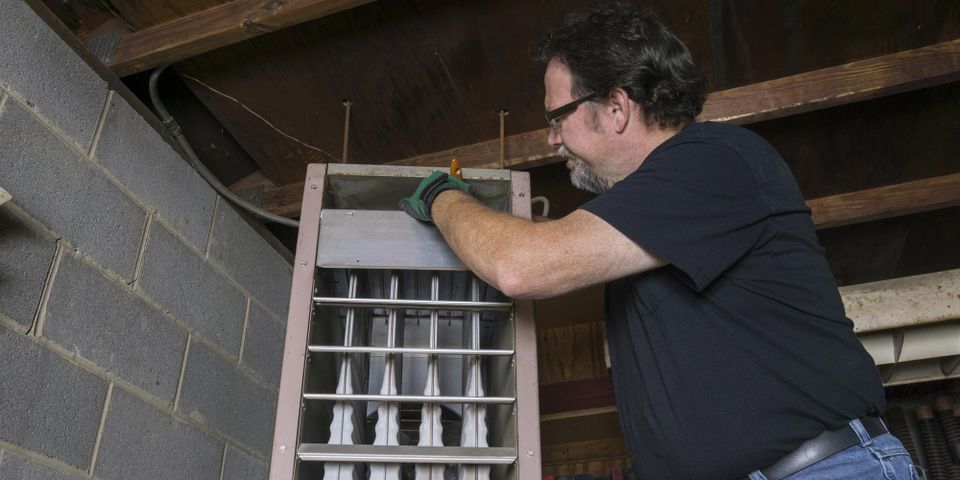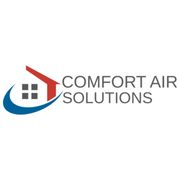How to Tell if There's Mold in the HVAC System & What to Do About It

Mold is one of the most significant obstacles to maintaining high indoor air quality through HVAC ductwork, and it’s even more challenging to deal with because it usually goes unseen. Mold can aggravate respiratory problems, degrade your HVAC system’s performance, and cost time and money. Here are some of the key facts surrounding mold in HVAC systems to help you know what to look for and how to respond to it.
A Guide to Mold in HVAC Systems
What Causes It?
Two factors are necessary for mold to grow: warmth and moisture. The combination of cold air with warm equipment in your vents, or warm air condensing, creates an ideal environment for mold. The lack of movement needed to disperse spores allows them to settle comfortably in nooks and crannies. The fungus finds a ready supply of food in your ducts, where skin cells, animal dander, dust, and other organic substances help them flourish.
What Are the Signs of Mold?
While mold can be difficult to identify visually, there are a few key indicators of its presence, including:
- A musty, mildewy smell
- Feelings of fatigue, nausea, or dizziness
- Irritation in the eyes, nose, or throat
- Allergic symptoms like rashes, teariness, and runny nose
- Visual confirmation in vents, ducts, and drip pans
 If you experience any combination of these issues and live in a warm climate, you’re likely dealing with mold and need to act quickly to resolve the issue. With this fungus present in the house, the indoor air quality and your health might suffer.
If you experience any combination of these issues and live in a warm climate, you’re likely dealing with mold and need to act quickly to resolve the issue. With this fungus present in the house, the indoor air quality and your health might suffer.
How Can You Get Rid of It?
A professional HVAC repair specialist can access the interior of your ductwork and use mold-killing cleaning agents to eliminate every cluster of spores. Once they do this, they dispose of the rags or paper towels used to do so and sanitize the area. They might replace your filters and complete a thorough check of the system to rule out the possibility of any stubborn mold growth elsewhere.
Afterward, reduce the amount of carpeting in your home to give spores fewer places to settle and prevent future infestations. Run the air conditioning on a recirculating setting to exclude much of the pollen and mold from outside. Also, have a professional inspect your ductwork at least once a year to look for any signs of growth.
For comprehensive repairs and services for your HVAC system, contact Comfort Air Solutions in Miamisburg, OH. These experts have more than 25 years of experience in heating and air conditioning, and they offer reliable installation and services to ensure your indoor air quality is top-notch. To learn more, visit them online or call (937) 272-1520.
About the Business
(56 reviews)
Have a question? Ask the experts!
Send your question

